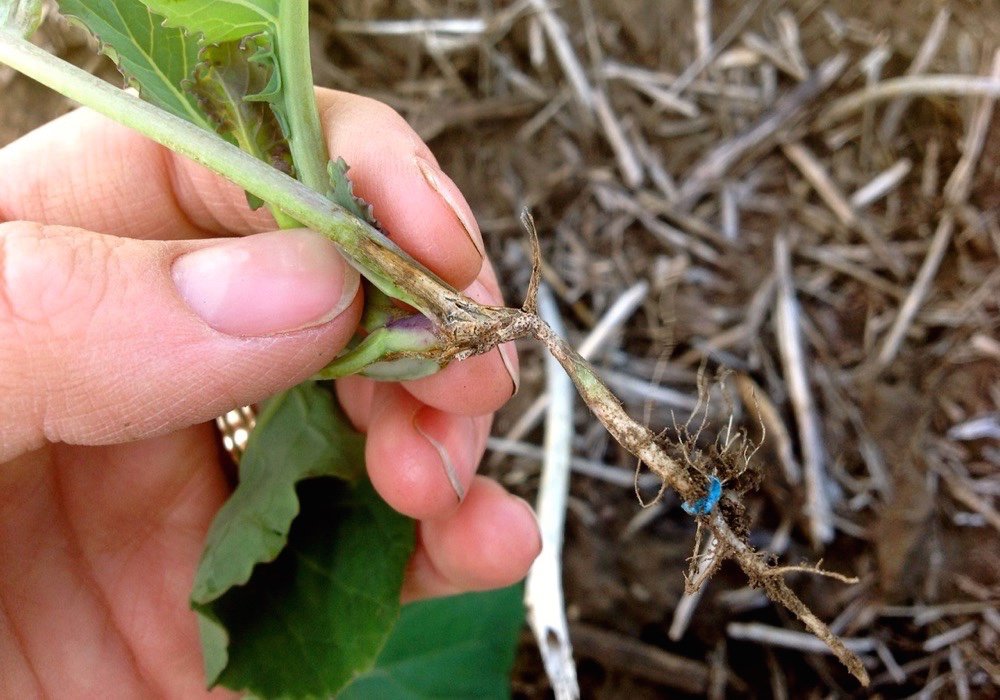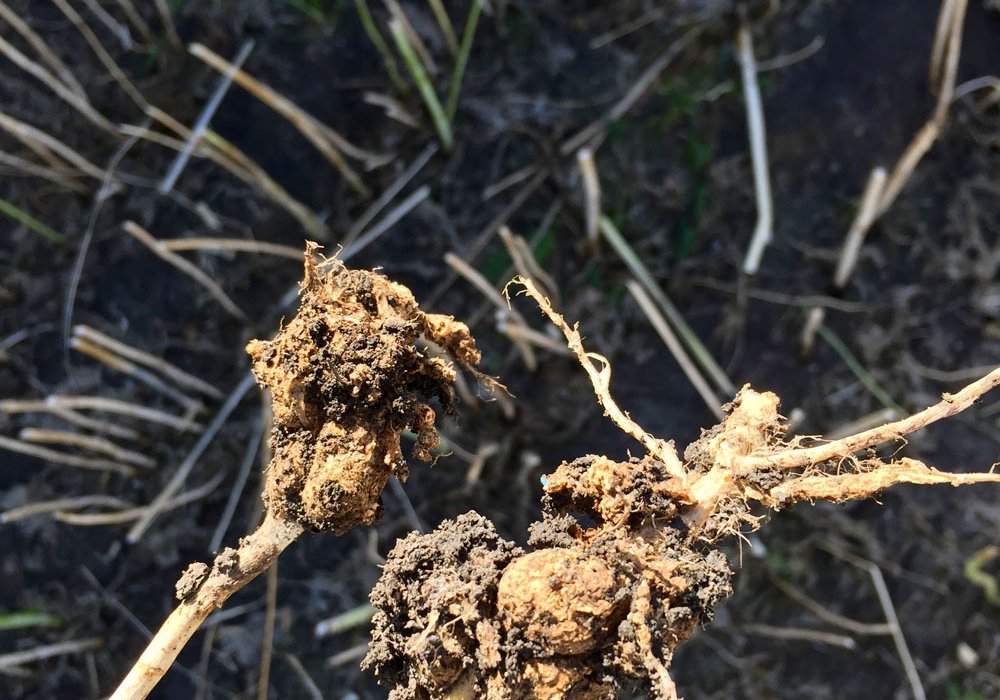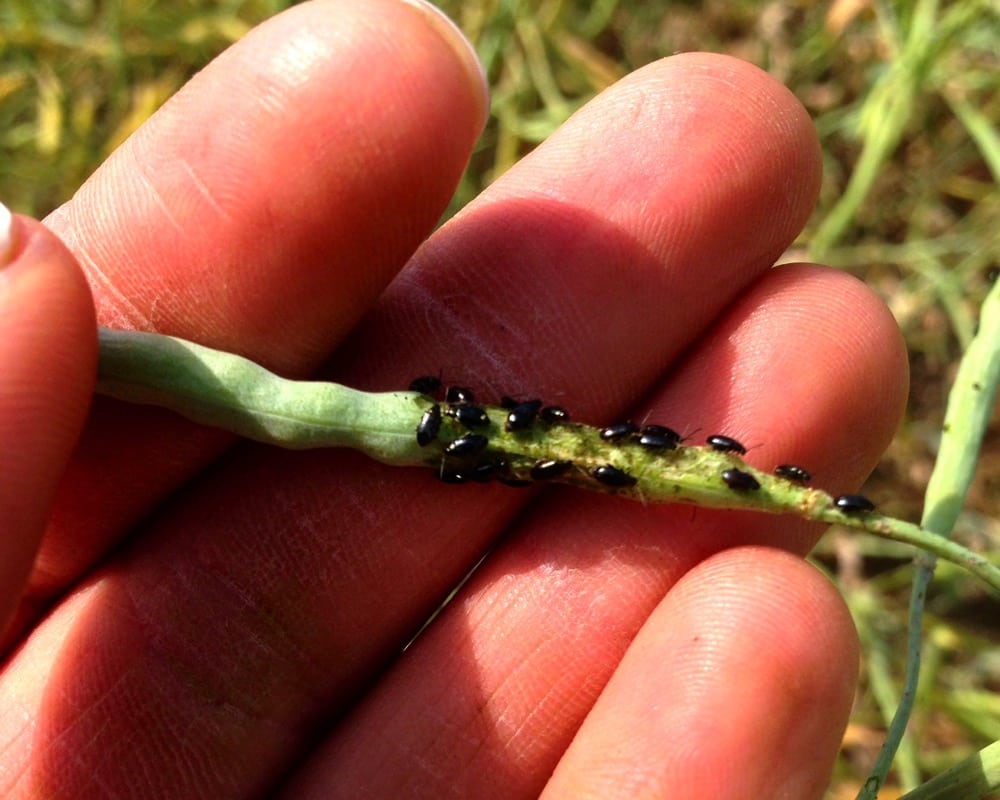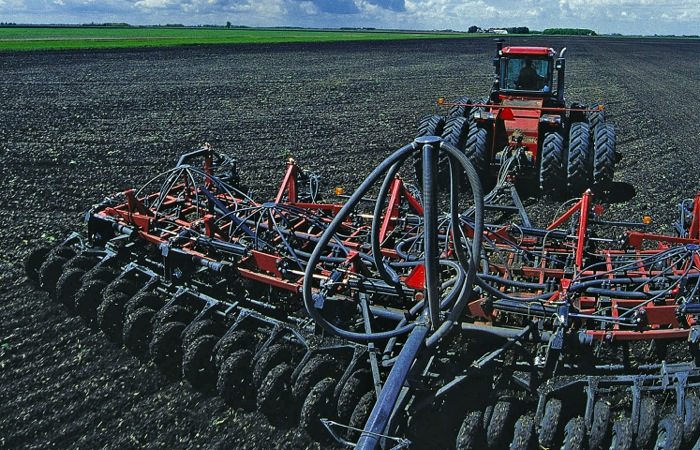John Guelly has developed a practical management plan you can apply to your farm

Back in 2013, John Guelly discovered some dead canola plants with ominous-looking root galls at his Westlock-area farm. But even though clubroot was already known to be in his area, he hadn’t seen it himself, and he wasn’t sure what it looked like. People were secretive about the disease, he told farmers, agronomists and other gathered at Crop Sphere in Saskatoon this January.
Guelly contacted Canola Council of Canada agronomist Dan Orchard, who confirmed the disease. Guelly, who’d had a cancer scare in the past, said he’d felt like Orchard had just told him he had cancer.
But over the last few years, Guelly has implemented a practical clubroot-management plan on his farm.
Currently that plan includes these six steps:
1. Growing clubroot-resistant varieties

Guelly recommends using resistant varieties before a confirmed clubroot infestation,to keep spore loads low. He compares it to using blackleg-resistant varieties.
2. Lengthening crop rotations

Make sure there is at least a two-year break between canola crops. Guelly notes that it takes a while to balance a longer rotation across the entire farm, so it’s best to start doing this now.
3. Minimizing dirt movement

Guelly says they knock off dirt onto grassed areas before entering a new field.
4. Requiring sanitization of third-party equipment (including boots and tires)

Do this both in and out of the field. Guelly gets this in writing from third parties and monitors it to make sure they’re sticking to the agreement.
5. Stepping up control

Pay attention to canola volunteers and weeds that host clubroot.
6. Plenty of scouting

“It’s a lot like cancer. If you find it early, your chances of being able to grow with it are that much better and easier,” says Guelly.
Adapt when change is needed

Guelly’s clubroot management plan is always evolving. For example, he says he’s now looking at putting in separate field entrances and exits.
(Clubroot infestations often start, and are often the worse, near the field entrance. Having a separate exit should reduce how much contaminated dirt leaves the field).
Another thing to look at is seeding hotspots to perennial ryegrass, Guelly says. He’s also looking at adding wood ash or limestone to the soil in hotspots. Acidic soils are more conducive to clubroot (although Orchard has noted that basic soils do not confer immunity to clubroot).
Last fall Guelly also tried soil testing to see how high the spore loads are in parts of the field. He flagged and recorded the GPS coordinates of the spots he sampled, so he could draw samples from the same places next year. However, when he got the results, the spore loads were surprisingly low. Guelly is wondering if he missed the hot spots, as spore loads can vary greatly over short distances.
Guelly also says farmers considering testing soil for clubroot can find labs on the Canola Council website at clubroot.ca.
This article was originally published in Feb. 6, 2018 issue of Grainews magazine.














